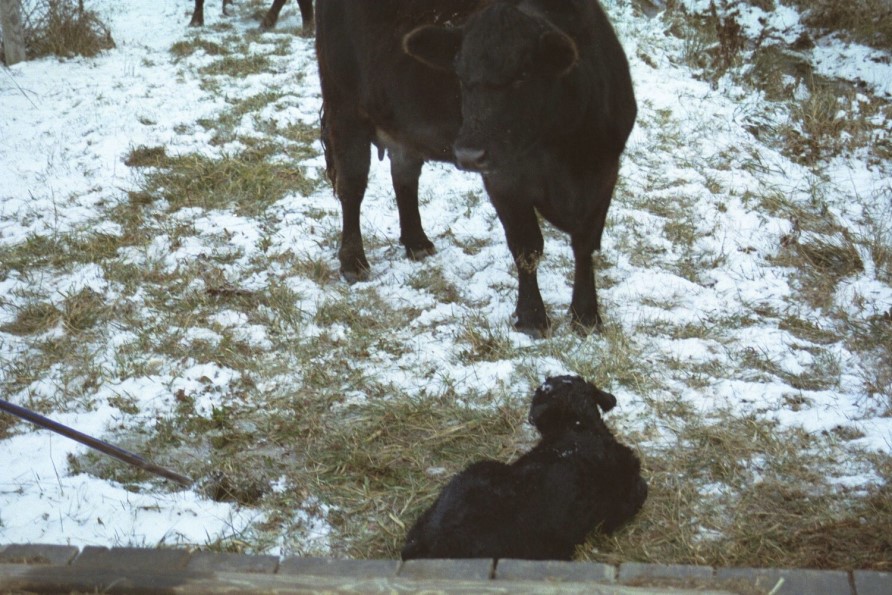
Agricultural News
Selk Offers Tips for Feeding for Cold Weather
Tue, 22 Dec 2015 12:02:43 CST
 Glenn Selk, Oklahoma State University Emeritus Extension Animal Scientist, writes in the latest Cow-Calf Newsletter.
Glenn Selk, Oklahoma State University Emeritus Extension Animal Scientist, writes in the latest Cow-Calf Newsletter.
Thus far, most of Oklahoma has experienced a relatively mild start to winter. Nonetheless, colder weather is likely to occur before spring time and green grass. The major effect of cold on nutrient requirement of cows is increased need for energy. To determine magnitude of cold, lower critical temperature for beef cows must first be estimated. For cows with a dry winter hair coat the lower critical temperature is considered to be 32 degrees F. In general, researchers have used the rule of thumb that cows' energy requirements increase 1% for each degree the wind chill is below the 32 degree lower critical temperature. In this example, the TV weatherman has predicted that wind chills will average about 4 degrees F. Therefore the calculation example for a cow with a winter dry hair coat would be:
Step 1: Cow's lower critical temperature is 32 degrees F.
Step 2: Expected wind-chill from weather reports (4 degrees wind chill in this example)
Step 3: Calculate the magnitude of the cold as the difference between the lower critical temperature and the wind chill: 32 degrees - 4 degrees = 28 degrees
Step 4: Energy adjustment is 1% for each degree magnitude of cold or 28%.
Step 5: Feed cows 128% of daily energy amount. (if cow was to receive 16 pounds of high quality grass/legume hay; then feed 20.5 pounds of hay during the cold weather event).
Research has indicated that energy requirement for maintenance of beef cows with a wet hair coat is much greater. Cows that are exposed to falling precipitation and have the wet hair coats are considered to have reached the lower critical temperature at 59 degrees F. In addition, the requirements change twice as much for each degree change in wind-chill factor. In other words, the energy requirement actually increases 2% for each degree below 59 degrees F. To calculate the magnitude of the cold when the cow is wet would be the difference between 59 degrees minus 4 degrees = 55 degrees. True energy requirements to maintain a wet cow in this weather would be 2% X 55 degrees or 110 % increase in energy (which would mean that over twice the normal energy intake is needed.)
This amount of energy change is virtually impossible to accomplish with feedstuffs available on ranches. In addition this amount of energy change in the diet of cows accustomed to a high roughage diet must be made very gradually to avoid severe digestive disorders. Therefore, the more common-sense approach is a smaller increase in energy requirements during wet cold weather and extending the increase into more pleasant weather to help regain energy lost during the storm.
Cows that were consuming 16 pounds of grass hay per day and 5 pounds of 20% range cubes could be increased to 20 pounds of grass hay offered per day plus 6 to 7 pounds of range cubes during the severe weather event. This is not a doubling of the energy intake but by extending this amount for a couple of days after the storm may help overcome some of the energy loss during the storm and done in a manner that does not cause digestive disorders.
The fact that it is not feasible to feed a wet, very cold cow enough to maintain her current body condition, underscores the need for cows to be in "good" body condition at the start of winter.
Merry Christmas to each and everyone!
WebReadyTM Powered by WireReady® NSI
Top Agricultural News
More Headlines...




















